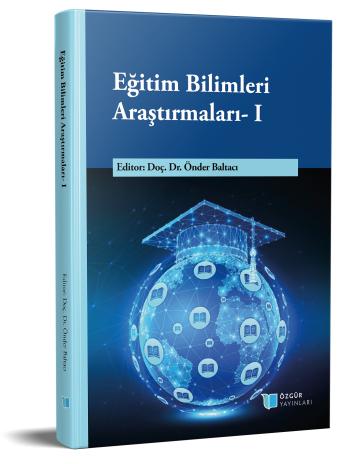
Uzaktan Eğitimde Sanal Sınıflar
Şu kitabın bölümü:
Baltacı,
Ö.
(ed.)
2023.
Eğitim Bilimleri Araştırmaları- I.
Özet
Teknolojinin gelişmesiyle birlikte, yüz yüze öğrenme ortamlarındaki birçok öğrenme etkinliği artık sanal ortamlarda gerçekleştirilebilmektedir. Bu durum, uzaktan eğitimde sanal sınıf uygulamaları şeklinde sıklıkla karşımıza çıkmaktadır. Sanal sınıf uygulamaları, öğrencilere öğrenme süreçlerini daha esnek ve interaktif hale getirmekte, öğretmenlere de daha verimli bir şekilde derslerini yönetme imkânı sağlamaktadır. Bu uygulamalar sayesinde öğrenciler, derslere daha rahat katılma, ders materyallerine kolayca erişme ve ödevlerini daha düzenli bir şekilde takip etme fırsatı bulmaktadır. Öğretmenler ise ders materyallerini daha hızlı ve kolay bir şekilde hazırlayabilme, öğrencilerin ödevlerini daha kolay bir şekilde değerlendirme ve öğrencilerle daha kolay etkileşime geçme imkânı bulmaktadır. Sanal sınıf teknolojisi kullanımında bazı zorluklar da vardır. Bunlardan internet bağlantısı sorunları, teknolojik sınırlamalar ve teknik zorluklar ön plana çıkanlardır. Sanal sınıf uygulamalarından bazıları arasında Google Classroom, Zoom, Blackboard, Moodle ve Edmodo gibi uygulamalar sıklıkla kullanılmaktadır. Bu uygulamaların özellikleri, kullanım kolaylığı, güvenilirliği ve öğrenci-öğretmen etkileşimini artırmaya yönelik araçları, tercih edilme nedenleri arasındadır. Uzaktan eğitim ve sanal sınıf uygulamaları eğitimde önemli bir yer tutmakta ve yakın gelecekte daha yaygın bir şekilde kullanılması beklenmektedir. Bu bağlamda araştırma, uzaktan eğitim ve sanal sınıf uygulamaları için eğitim programlarının tasarlanması ve uygulanmasıyla ilgili çalışmalara içerik sağlamak, teorik bir çerçeve oluşturmak ve uzaktan eğitim uygulamalarında kullanılabilecek teknolojilere yönelik bir bakış açısı sunmak amacıyla yapılmıştır.

